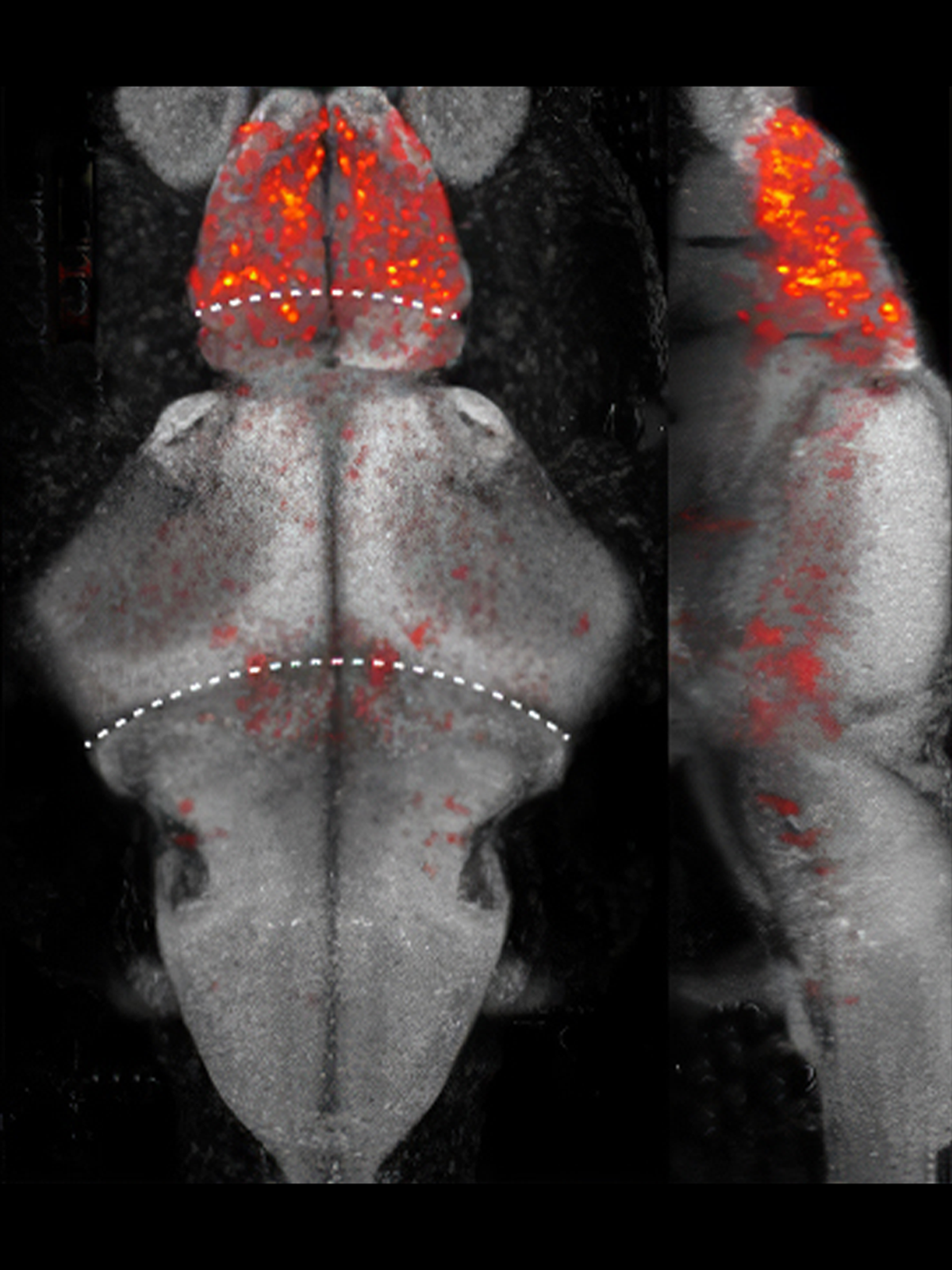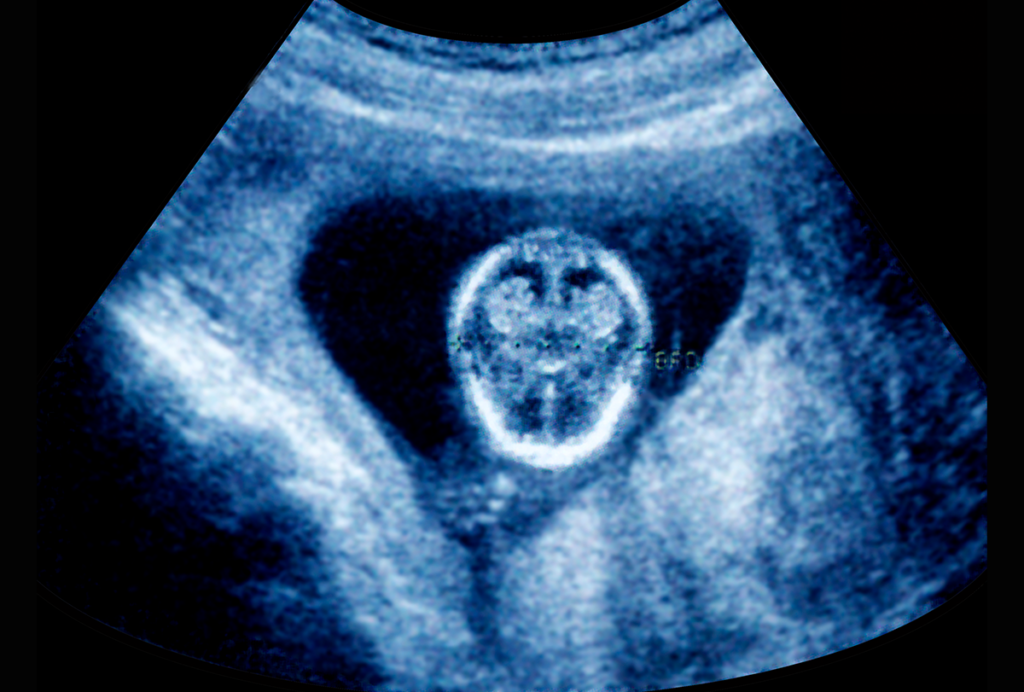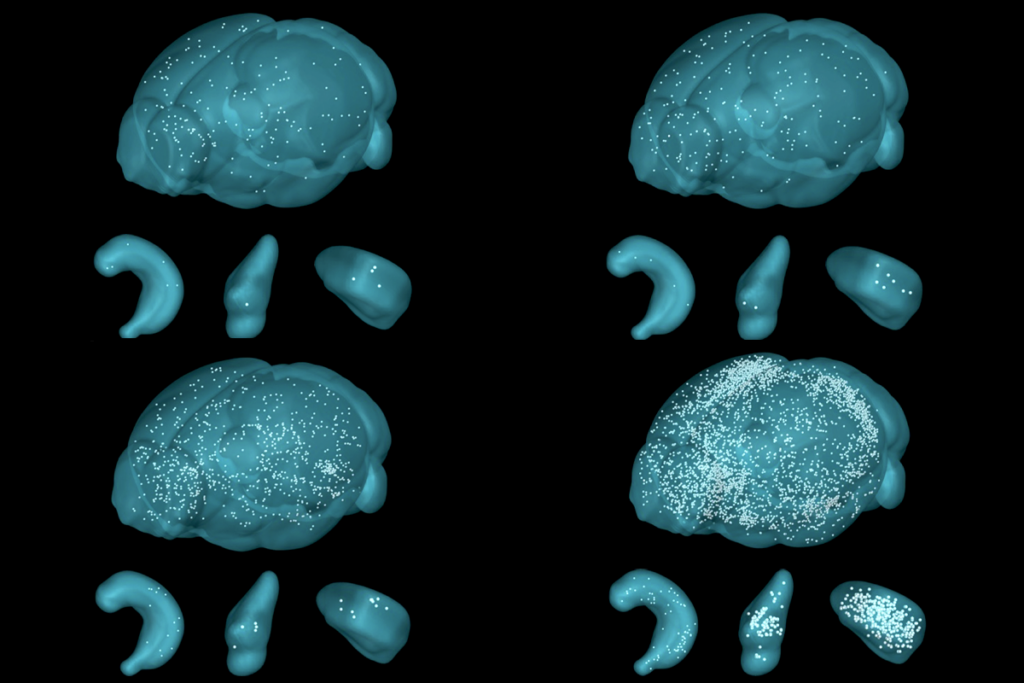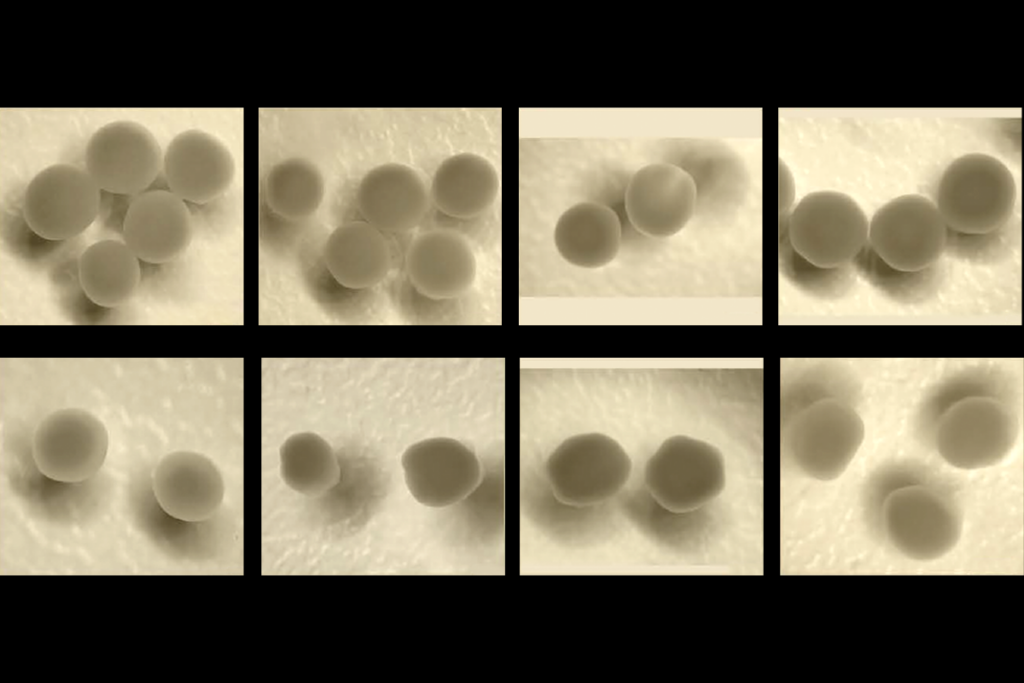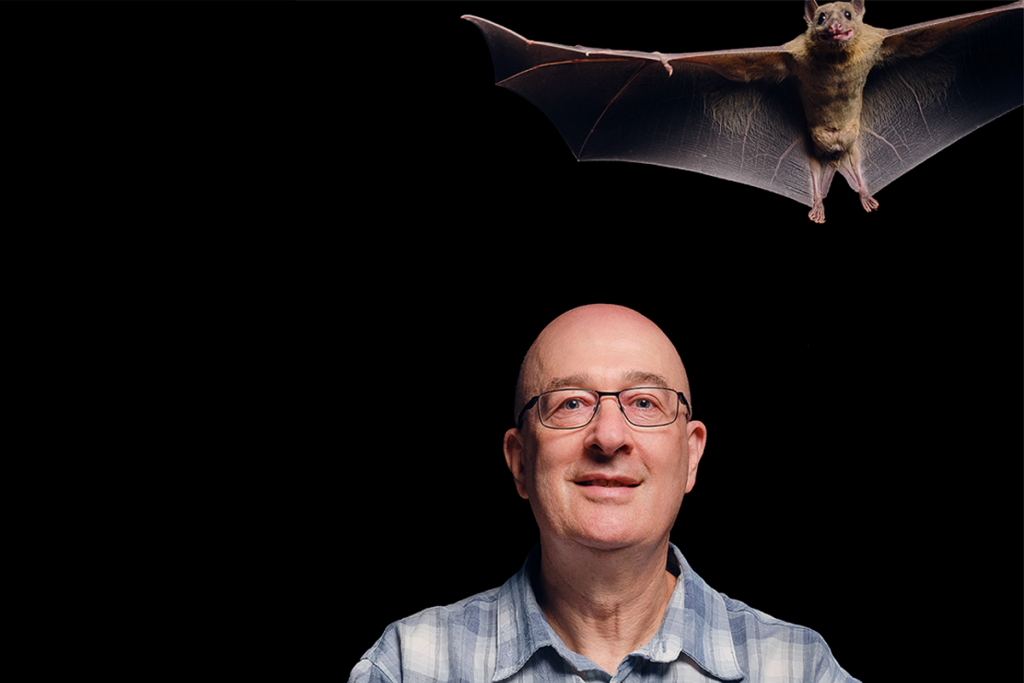Mammalian brains famously come with a built-in GPS system: “place cells” in the hippocampus that selectively activate when an animal enters a specific location and power spatial cognition.
A comparable navigation system had not been described in fish—until now.
As it turns out, zebrafish larvae, too, possess place cells that integrate multiple sources of information and generate new cognitive maps when the animal’s environment changes, according to a study out today in Nature.
The search for these cells in fish became “kind of like a myth, almost,” says the study’s co-lead investigator Jennifer Li, research group leader at the Max Planck Institute for Biological Cybernetics. She and her team were hesitant to look for place cells in fish at first, Li says, “because we figured if nobody’s seeing them after all this time,” they might not exist.
But Li and her colleagues had already custom-built a microscope that tracks calcium signaling in the brains of zebrafish larvae as they swim freely. The device helped them pinpoint the place cells in the larvae’s telencephalon region.
“I think this work is definitely extremely interesting, because it demonstrates that, at least in some fish, you can find place cells,” says Ronen Segev, professor of life sciences at Ben-Gurion University of the Negev, who was not involved in the study.
The finding also suggests that spatial cognition has origins deep in the vertebrate evolutionary tree, Li says. There is an idea that the “hippocampus and cortex are these structures that evolved at some point to enable flexible behavior,” but evolutionarily, “it was never clear when that happened.”
F
reely roaming rats first pointed the way to the discovery of place cells in 1971 (earning John O’Keefe the Nobel Prize in Physiology or Medicine in 2014). The cells were found in other mammals throughout the 2000s, and in seed-stashing birds only more recently, in 2021.Finding similar cells in fish, however, proved more challenging—in part because it is not even clear if fish have a hippocampal analog in their brains. Also, with no easy way to track neural activity while the fish are freely moving through water, there have only been a few attempts to use electrophysiology in adult fish. In larval zebrafish, researchers often tether the animals in agarose gel under a microscope.
Li’s tracking microscope, though, could overcome that second hurdle. “With the benefit of hindsight, the question that we were asking ourselves is: Why didn’t we look [for place cells] sooner?” says Drew Robson, research group leader at the Max Planck Institute for Biological Cybernetics, who co-led both the new work and microscope development with Li (Robson and Li have a joint lab).
The team focused on the telencephalon, Li says, because when this structure is ablated, fish show spatial learning impairments, although other forms of learning are preserved, according to experiments from the 1990s.
Certain cells in the telencephalon region appeared to show “spatial specificity” as the zebrafish larvae swam for 90 minutes around a clear chamber roughly the size of a matchbox with two visible landmarks. What’s more, the animal’s position in the chamber predicted the activity of these cells, they found.
But to be confident that any of these cells was a place cell, the team needed to show “that it’s sensitive to various things in the environment, but it doesn’t fall apart when any one of them is perturbed,” Robson says.
Indeed, the cells maintained their spatial activity map even after the researchers removed or altered the chamber’s visual landmarks or morphed the chamber’s boundaries, indicating that these cells do not rely solely on visual cues. Similar to mammals, the experiments showed, zebrafish larvae integrate both visual and nonvisual information in their place cells.
The zebrafish place cells also remapped when the visual environment was drastically changed, as do the classic mammalian variety. This finding supports the idea that the place cells can “form a flexible memory or prediction system,” the researchers wrote in the paper.
T
he zebrafish larvae work is just the beginning, Li says. “This is going to have to be a community-level effort, because if across many different fish species, across reptile species, they all in fact have place cells, then I would say that we are probably looking at an initial condition. Kind of something like a primitive hippocampal cortical structure,” she says.Goldfish appear to lack place cells in their telencephalon and instead possess spatial computation cells called boundary vector cells, according to a paper published last year.
But “it might be that, you know, the goldfish, we didn’t actually challenge it yet in the right environment to see [place cells],” says Segev, who led that study. Or, different species may not have the same spatial cell types, he says, “so you will find different behaviors and different encoding schemes in different animals.
Additional behavioral studies would help guide future work, says Luigi Petrucco, a postdoctoral researcher at the Italian Institute of Technology, who was not involved in the place cell study but recently published a study of head direction cells in larval zebrafish. “I was not counting on finding [place cells], and the fact that we do find them is actually super, super exciting,” he adds.
